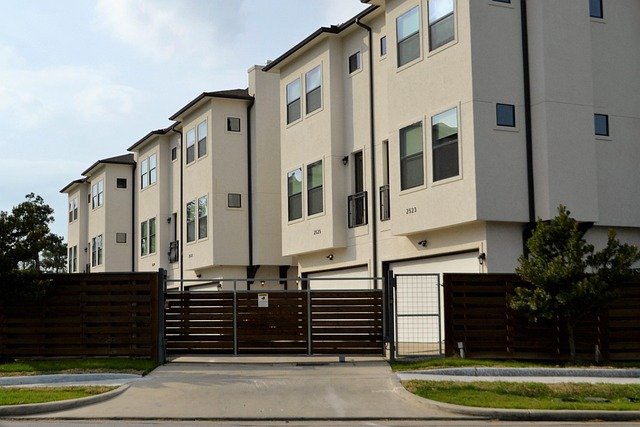The Silent Revolution: America's Childless Cities
Quiet streets once filled with children's laughter now echo with a new urban rhythm. America's cities are undergoing a profound demographic shift as more adults choose a child-free lifestyle. This trend is reshaping neighborhoods, economies, and social dynamics in unexpected ways. Read below to explore the rise of childless urban centers and their far-reaching implications for society.

Historical Context and Sociological Shifts
The concept of child-free living is not entirely new, but its widespread adoption in urban settings marks a departure from traditional family structures. Historically, cities were seen as challenging environments for raising children, often associated with crime, pollution, and limited space. However, the current trend goes beyond these factors, rooted in deeper sociological changes.
The post-World War II era saw a surge in suburban development, with families flocking to spacious homes and good schools. Cities became centers of commerce and culture, attracting young singles and couples. As gender roles evolved and women gained more economic independence, the pressure to have children lessened. The rise of individualism and self-actualization in the late 20th century further contributed to the acceptance of child-free lifestyles.
Economic Factors Driving the Trend
Economic considerations play a significant role in the childless city phenomenon. The cost of raising a child in an urban environment has skyrocketed, with childcare expenses alone often exceeding mortgage payments. Many young adults, burdened by student loans and facing stagnant wages, find the financial commitment of parenthood daunting.
Moreover, the competitive job market in cities often demands long hours and frequent travel, making work-life balance a challenge for potential parents. The gig economy and startup culture, prevalent in urban centers, offer exciting career opportunities but often lack the stability and benefits traditionally associated with family-friendly employment.
Social and Cultural Implications
The rise of childless cities is reshaping social dynamics and cultural norms. Traditional gathering spaces like playgrounds and family-oriented restaurants are being replaced by adult-centric venues. Community events and local politics are shifting focus from education and child safety to issues that resonate with a child-free population, such as urban development and nightlife.
This demographic shift is also influencing housing markets. Developers are responding with smaller, luxury apartments catering to singles and couples rather than family-sized homes. The demand for urban amenities like rooftop bars, co-working spaces, and boutique fitness studios is surging, reflecting the preferences of child-free residents.
Environmental and Urban Planning Considerations
The childless city trend has unexpected environmental implications. While fewer children might suggest a smaller ecological footprint, child-free adults often engage in more resource-intensive lifestyles, including frequent travel and higher consumption of luxury goods. Urban planners are grappling with how to create sustainable, livable cities that cater to this new demographic while still maintaining diversity and long-term viability.
Green spaces, once designed primarily as playgrounds, are being reimagined as multi-functional areas that serve diverse adult needs, from outdoor yoga classes to urban farming initiatives. Public transportation systems are adapting to serve commuters and nightlife patrons rather than school routes.
The Future of Urban Communities
As childless cities become more prevalent, questions arise about the long-term sustainability of this trend. Some sociologists warn of potential generational disconnects and the loss of community cohesion traditionally fostered by families. Others see opportunities for new forms of social bonding and community engagement that transcend traditional family structures.
The challenge for policymakers and urban planners lies in creating inclusive cities that can accommodate diverse life choices. This may involve innovative approaches to housing, healthcare, and social services that cater to both families and child-free individuals. Some cities are experimenting with intergenerational living spaces and community programs that bring together residents of all ages.
Conclusion: A New Urban Paradigm
The rise of childless cities represents a significant shift in American society, challenging long-held assumptions about urban life and family structures. As this trend continues to unfold, it will undoubtedly shape the physical and social landscapes of our cities for generations to come. Understanding and adapting to these changes will be crucial for creating vibrant, inclusive urban environments that can thrive in this new demographic reality.





